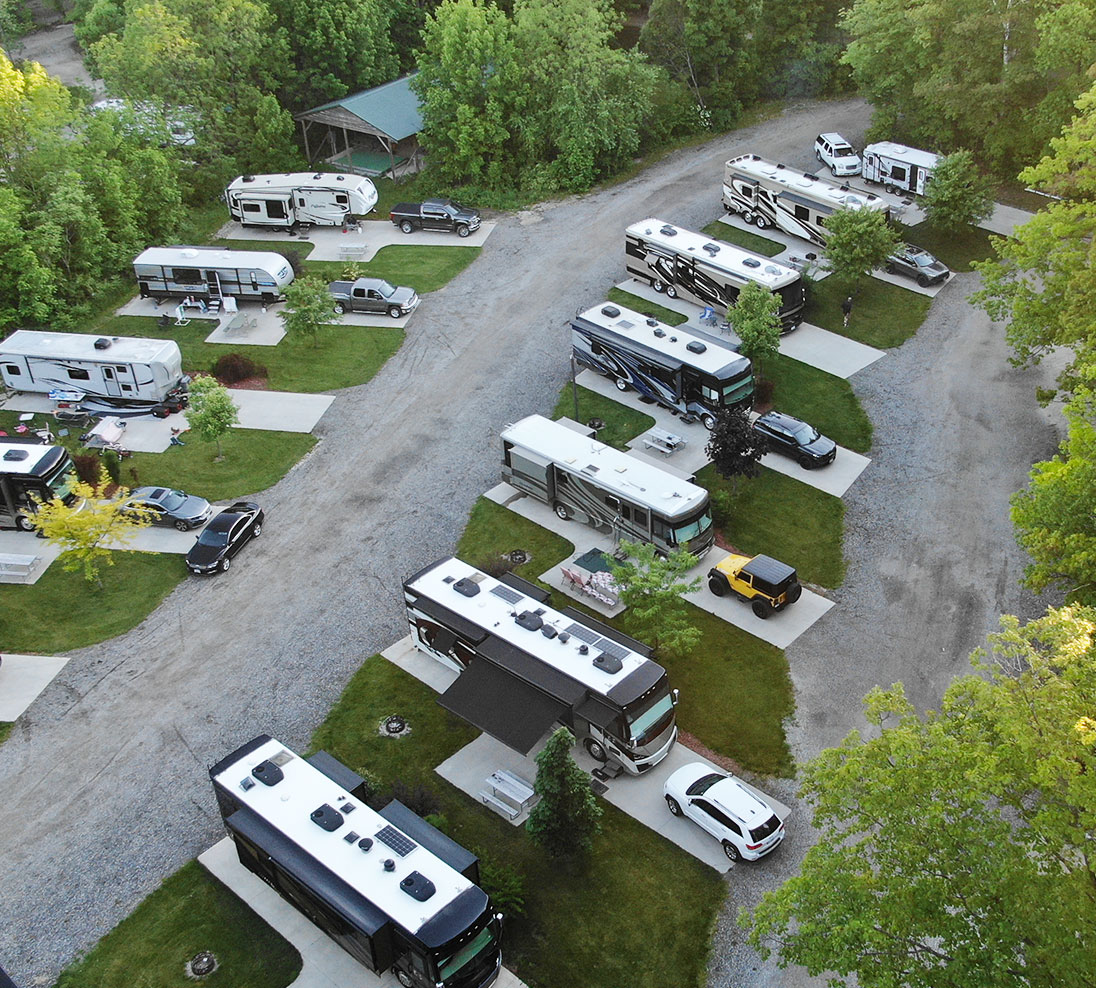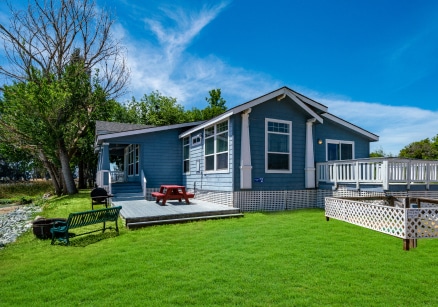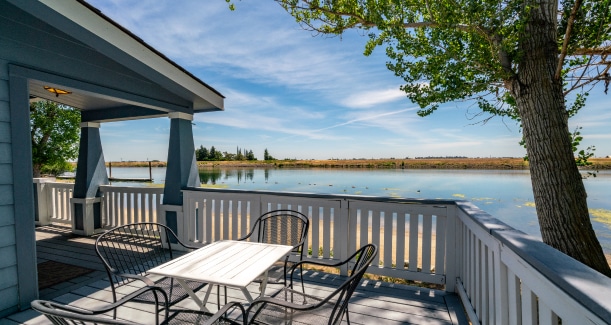Smooth operations
Our site plans are designed by those who know our industry best with operational success in mind. Smoothly running operations without design challenges will make you stand out from the crowd, stay competitive, and continually innovate new ways to attract and create repeat guests.




